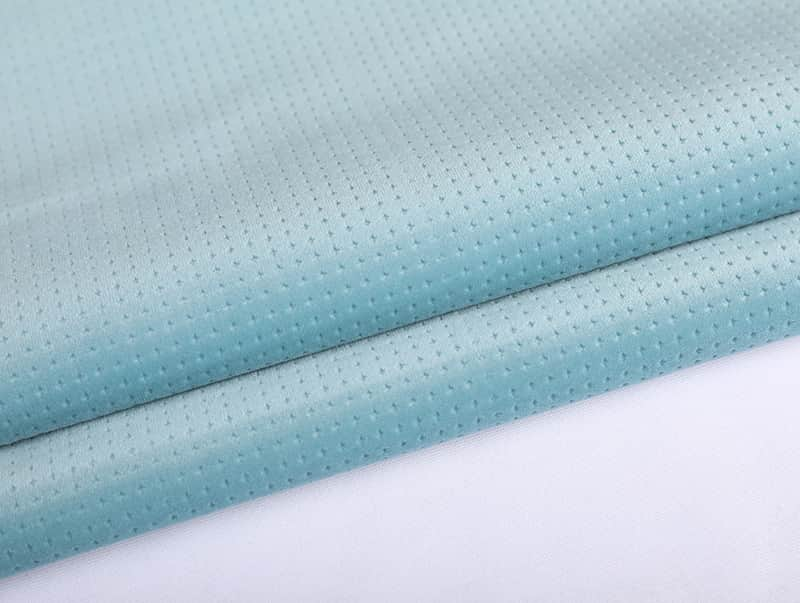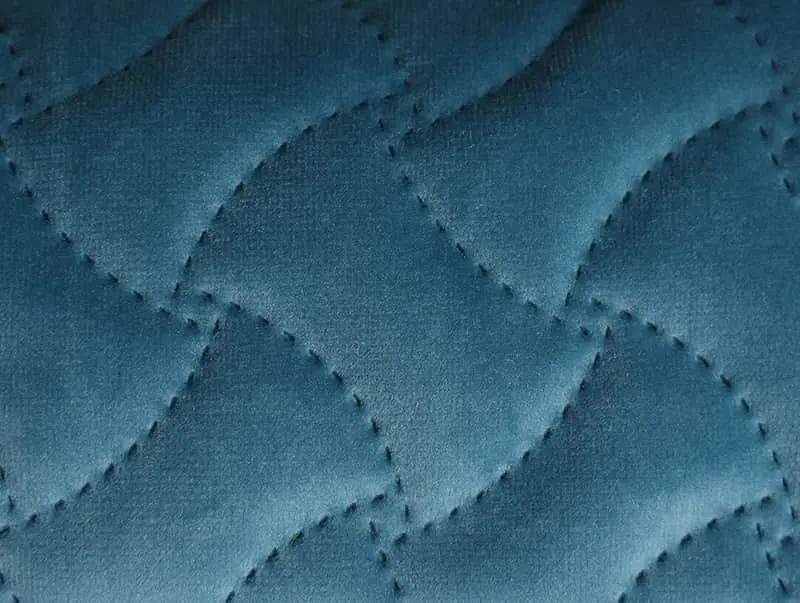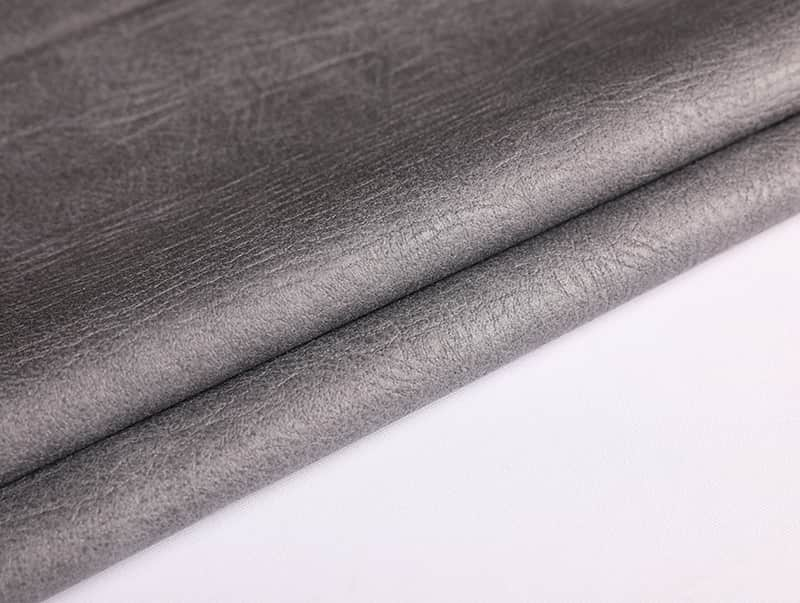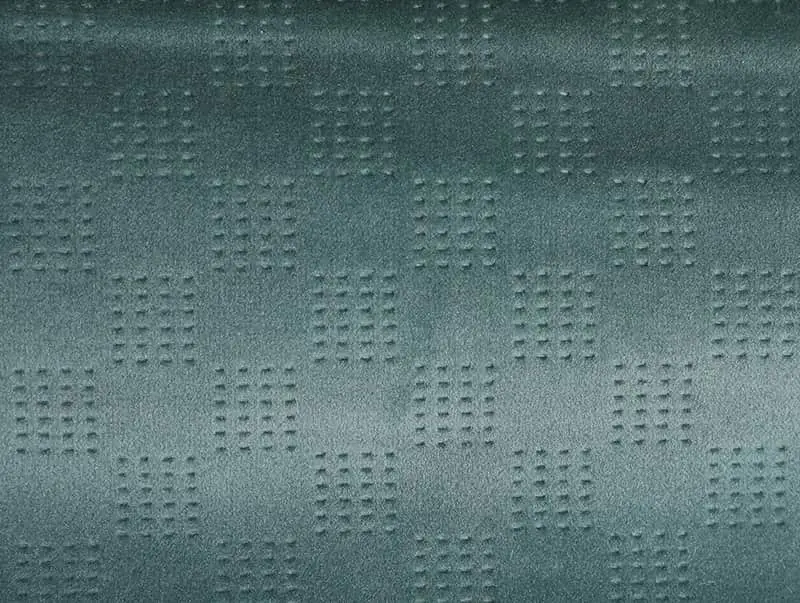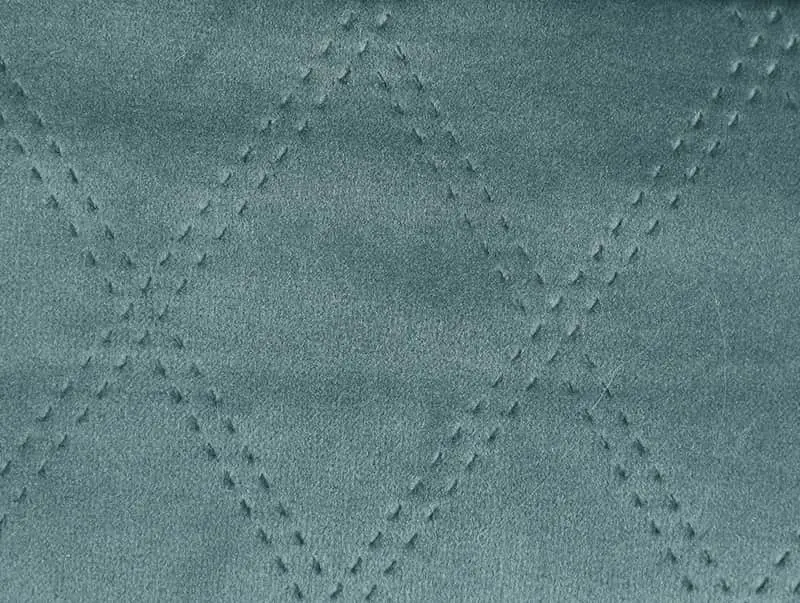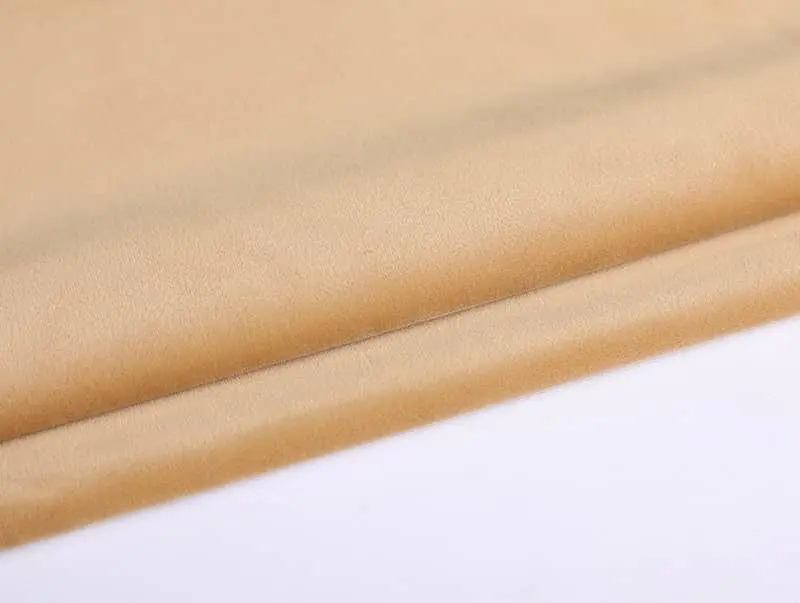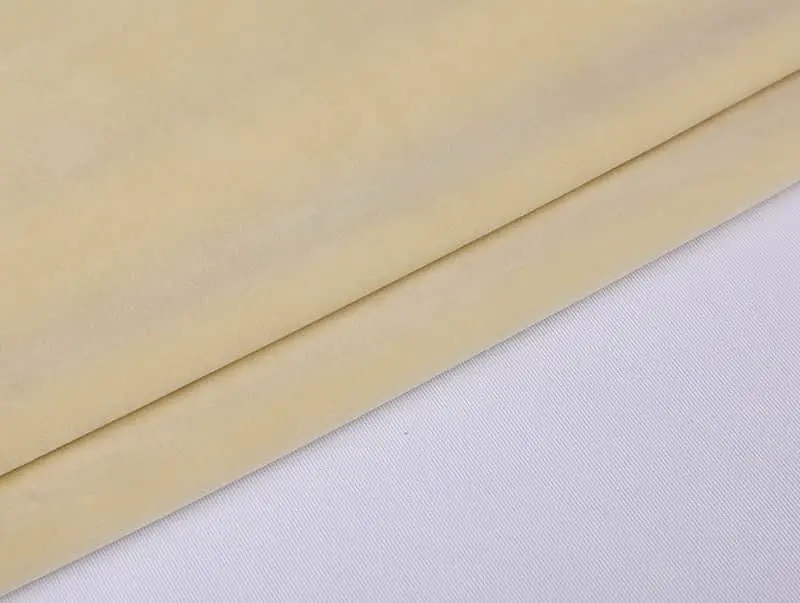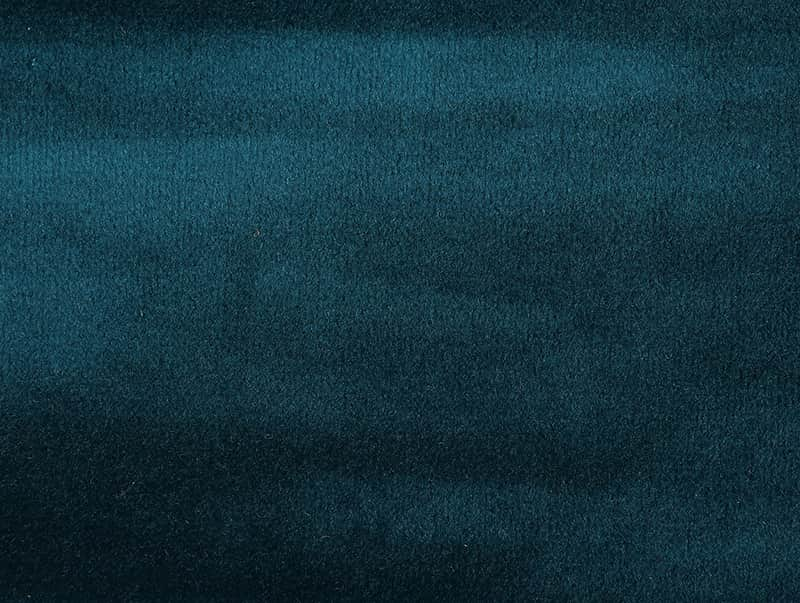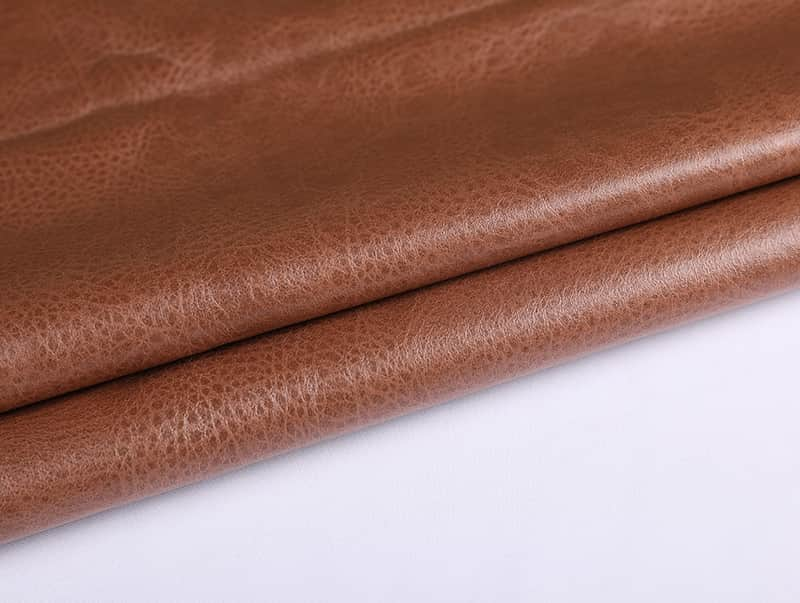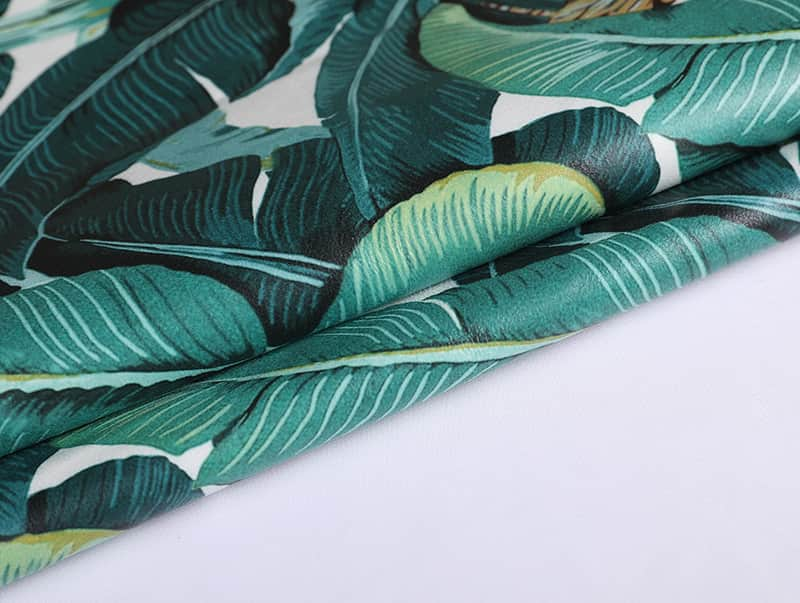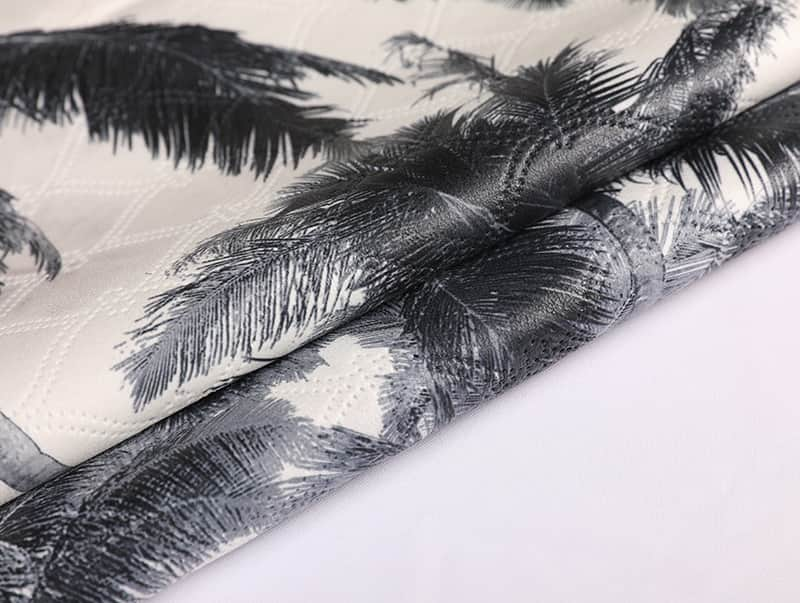Testing the durability and abrasion resistance of velvet upholstery fabric is essential for ensuring its suitability for long-term use, especially in high-traffic or heavy-use environments. Several methods are commonly employed to assess these characteristics:
1. Martindale Abrasion Test
-
What it is: The Martindale Abrasion Test is a standardized method used to measure the abrasion resistance of fabrics. During the test, a sample of fabric is rubbed against a standard abrasive surface (usually a wool or nylon pad) under controlled pressure for a set number of cycles.
-
How it works: The fabric sample is subjected to a rotating action with a specified weight to simulate the wear caused by everyday friction. The fabric is evaluated for visible damage (e.g., pilling, thinning, or fraying) after a certain number of cycles.
-
Why it’s effective: This test is widely recognized and provides a quantifiable measure of fabric durability, particularly useful for high-use areas like upholstery.
2. Wyzenbeek Abrasion Test
-
What it is: The Wyzenbeek Abrasion Test is another commonly used method, particularly in the United States. It involves rubbing a fabric sample back and forth under a standard weight against a standard abrasive surface (often cotton duck fabric).
-
How it works: The fabric is subjected to reciprocal motion, simulating the wear that occurs in daily use, and it’s rated by the number of double rubs the fabric can withstand before showing visible damage.
-
Why it’s effective: Like the Martindale test, it provides insight into the fabric’s resilience against wear and is particularly useful for assessing performance in commercial or residential furniture.
3. Flex Durability Test
-
What it is: The Flex Durability Test evaluates how well a fabric withstands repeated bending, folding, or creasing, which are common forms of stress on upholstered furniture.
-
How it works: The fabric is subjected to cycles of bending or flexing (often with a mechanical apparatus), mimicking the repeated stresses from sitting or leaning against upholstered surfaces.
-
Why it’s effective: This test is useful for understanding how velvet upholstery behaves under constant movement and pressure, which is crucial for ensuring longevity in furniture pieces.
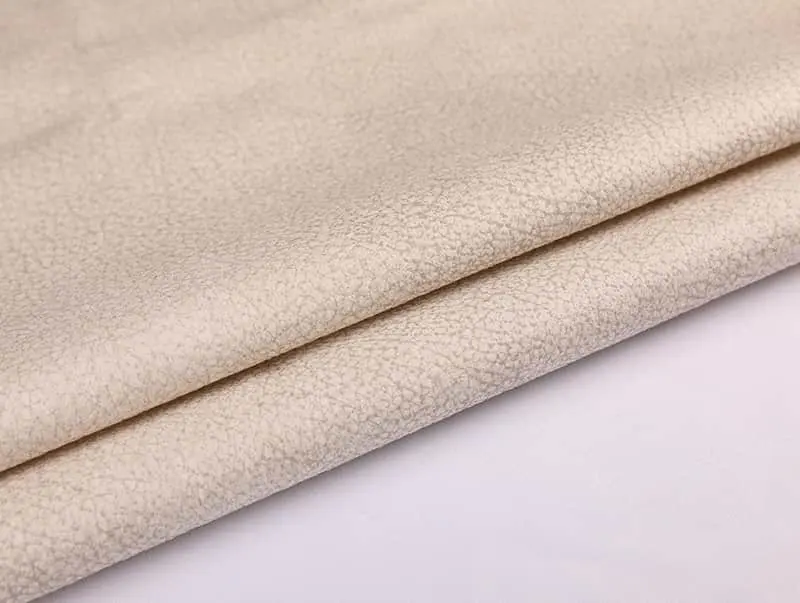
4. Abrasion Resistance Based on Fabric Weight
-
What it is: Fabric weight (measured in grams per square meter, or GSM) often correlates with the durability of upholstery fabrics. Heavier fabrics tend to resist abrasion better due to their denser weave and thicker fibers.
-
How it works: Fabrics with a higher GSM typically exhibit better abrasion resistance because they have more material to withstand wear. Velvet with a thicker pile or a higher yarn count may offer better resistance.
-
Why it’s effective: While not an official test, fabric weight can be an indicator of how well the fabric will hold up to daily use, making it an essential consideration when selecting velvet for upholstery.
5. Pilling Resistance Test
-
What it is: Pilling is the formation of small balls of fiber on the surface of the fabric, which can degrade the appearance and feel of velvet upholstery. A pilling test is often conducted to determine the fabric’s resistance to this phenomenon.
-
How it works: The Martindale or Wyzenbeek tests can also be used to assess pilling by examining the fabric after a set number of abrasion cycles. Pilling resistance is graded based on the severity of the pills that form on the fabric.
-
Why it’s effective: Velvet fabrics that resist pilling maintain their aesthetic appeal and smooth texture, which is important for ensuring that upholstered furniture remains attractive over time.
6. Tensile Strength Test
-
What it is: Tensile strength tests evaluate how much stress the fabric can endure before it breaks or tears.
-
How it works: A fabric sample is pulled until it tears, and the amount of force required to tear the fabric is measured. The fabric’s breaking strength can be a good indicator of its durability when subjected to mechanical stresses.
-
Why it’s effective: This test helps to ensure that velvet upholstery fabric can handle the pressure from sitting or reclining without tearing or losing its structural integrity.
7. Color Fastness to Light and Rubbing
-
What it is: Color fastness tests assess the fabric’s ability to maintain its color when exposed to light or friction over time. While not directly related to abrasion, color stability is an important factor in durability.
-
How it works: Fabric samples are exposed to light or rubbed against a standardized abrasive material. After a set period, the color change is assessed using a gray scale or color matching system.
-
Why it’s effective: Velvet upholstery fabrics with high color fastness are more likely to retain their vibrant appearance, even after prolonged use or exposure to sunlight.
8. Seam Strength Test
-
What it is: The seam strength test measures the strength of the stitching or seams that hold the upholstery fabric together, as weak seams can lead to premature fabric failure.
-
How it works: A sample of the fabric is subjected to tension or pulling at the seam to test how well the fabric holds under stress.
-
Why it’s effective: Velvet upholstery fabrics are often subjected to constant movement and weight, making the strength of the seams just as important as the fabric's abrasion resistance.
